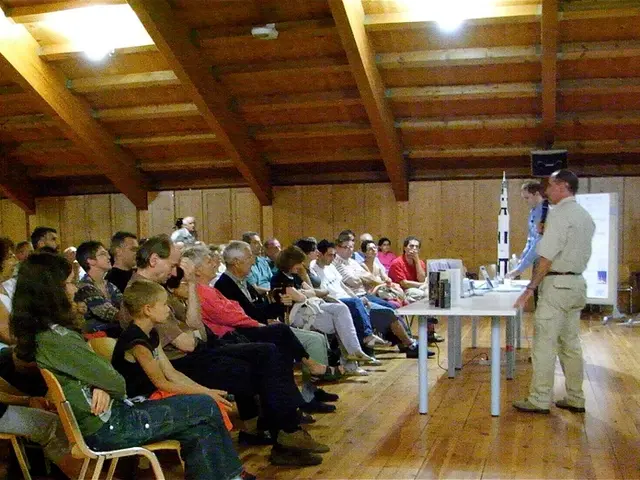US Electrical Vehicle Direct Current Fast Charging Landscape
In the rapidly expanding EV charging industry, a diverse array of participants play distinct roles, each contributing to the ecosystem's smooth operation.
At the heart of this network are the Charge Point Operators (CPOs), such as Sona Energy, who ensure the stations are functional and reliable. Transparency and accountability are paramount for CPOs to meet driver expectations and prioritise reliability.
Companies like Sona Energy Solutions collaborate with established brands, such as Wendy's, to manage DCFC stations. Meanwhile, other players, like Blink and FLO, manage their own Charger Management Systems (CMS) and act as CPOs for some sites.
Pure software providers, such as EV Connect, focus solely on CMS technology. Their role is crucial in delivering a seamless charging experience to drivers. As for hardware manufacturers, Autel Energy offers its own CMS and provides flexibility for CPOs by allowing other companies to utilise its hardware.
The future of EV charging depends on reliability, location, and a clear understanding of who's responsible for maintaining and operating the charging infrastructure. The public DCFC ecosystem in the U.S. is complex and still maturing, requiring clarification of roles to better serve EV drivers and accelerate the shift towards electrified transportation.
Initiatives like IONNA, backed by major automakers, aim to deploy 30,000 charging ports by 2030. While they have yet to launch active sites, their ambition underscores the industry's potential for growth.
Collaboration across industries is evident, with automakers like Mercedes-Benz and General Motors investing in or operating CPO efforts. This collaboration is essential for creating a cohesive and effective charging network.
In light of this, it's important to replace vague terms like "network" with more accurate descriptions, such as "Charger Management System" (CMS), to improve understanding of the industry.
Ultimately, the CPO is accountable for handling maintenance, financial losses, or profits. Reliability of charging stations is crucial for EV drivers, with location and reliability being the most important factors. Kaiser's analysis emphasises that drivers prioritise functional chargers over the company behind them.
As the EV charging industry continues to evolve, it's clear that transparency, collaboration, and a focus on reliability will be key to its success.
Read also:
- Peptide YY (PYY): Exploring its Role in Appetite Suppression, Intestinal Health, and Cognitive Links
- Toddler Health: Rotavirus Signs, Origins, and Potential Complications
- Digestive issues and heart discomfort: Root causes and associated health conditions
- House Infernos: Deadly Hazards Surpassing the Flames








